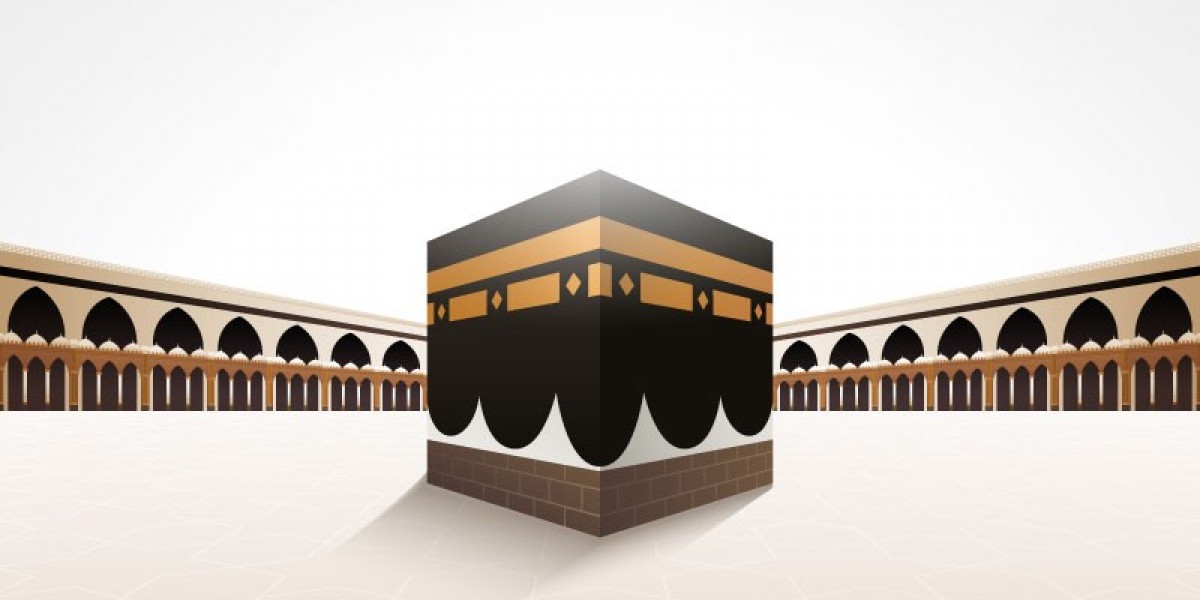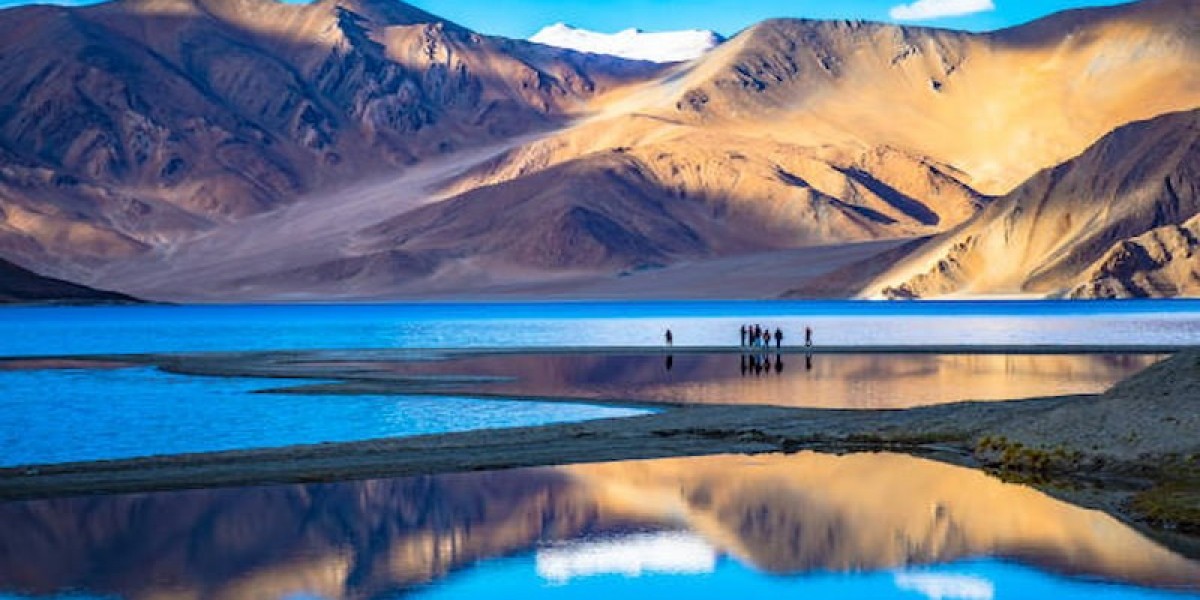In today's world, where smartphones are almost an extension of ourselves, capturing moments with a quick photo or video has become second nature. From everyday events to grand adventures, we instinctively reach for our devices. However, when you embark on the sacred journey of Umrah to the Holy Cities of Makkah and Madinah, photography requires a level of careful consideration that goes far beyond simply snapping pictures. It's not just about getting a good shot; it's about respecting the sanctity of the blessed places, the privacy of fellow pilgrims, and, most importantly, prioritizing your spiritual devotion. This article will outline the essential rules, respectful etiquette, and practical recommendations for photography during Umrah, ensuring you can capture your cherished memories while fully upholding the sanctity of this profound journey.
Understanding the Rules and Regulations
Before you even raise your camera, it's crucial to be aware of the specific rules and regulations governing photography in the Holy Cities. These rules are in place for various important reasons, including maintaining peace, privacy, and order amidst millions of pilgrims.
Prohibited Areas
There's a strict ban on photography and videography inside certain highly sacred areas. For instance, you will find clear prohibitions against taking photos or videos inside the Rawdah Shareef in Masjid al-Nabawi, the specific green-carpeted area described as a "Garden from Paradise." Photography is also strictly forbidden directly at the Prophet's Tomb and within the inner sanctums of other mosques. The reasons for these bans are simple but profound: to ensure respect for these incredibly holy spaces, to protect the privacy of worshiping pilgrims, and to manage the vast crowds, preventing bottlenecks and disruptions that could arise from people stopping to take photos. Adhering to these rules is a sign of your respect for the sanctity of the locations.
General Restrictions
Beyond the strictly prohibited zones, there are general restrictions on certain types of equipment. Pilgrims are typically not allowed to use professional photography equipment such as large cameras with detachable lenses, tripods, or, most importantly, drones without official permits. These rules help maintain order and prevent commercialization or disruption of the sacred environment. It's also generally understood that any photography that causes disruption to worship or inconvenience to others, such as blocking pathways or delaying the flow of pilgrims, is discouraged and often prohibited. The overarching principle is that your actions should not hinder another person's worship or experience.
Privacy Concerns
One of the most significant considerations is privacy. The Holy Cities are visited by people from every corner of the globe, many of whom seek a private, intimate connection with God. Therefore, the unauthorized photography of individuals is strictly prohibited and deeply disrespectful. This means you should avoid taking close-up shots of other pilgrims' faces without their explicit permission. The focus of your trip should be on your personal worship and spiritual growth, not on creating social media content at the expense of others' privacy. Always remember the Golden Rule: treat others as you would like to be treated, especially in such sacred spaces.
Etiquette: Respecting the Sanctity of the Holy Cities
Beyond official rules, there's a broader code of etiquette that reflects the sanctity of Makkah and Madinah. This guides how you should behave, even when thinking about photography.
Prioritizing Worship Over Photography
It’s easy to get caught up in the desire to document every moment, but it's vital to prioritize worship over photography. Remind yourself often that the primary purpose of your Umrah journey is spiritual devotion and seeking closeness to Allah, not tourism or generating content for social media. Excessive screen time can pull you away from the present moment and diminish your spiritual focus. Be mindful of your surroundings, listen to the sounds of prayer, and immerse yourself in the sacred atmosphere rather than constantly looking through a lens.
Maintaining Reverence
When you do take a photo, maintain reverence in your actions. Avoid posing for photos in a disrespectful manner, such as turning your back to the Kaaba or making inappropriate gestures. Your body language and expressions should always align with the sacred environment. Similarly, ensure you are dressed modestly and your overall behavior reflects the solemnity and honor of being in these blessed places, even when posing for a quick picture. The holiness of the place demands respect in all actions, including how you choose to document it.
Crowd Awareness
The Holy Cities, especially the Grand Mosque, can be incredibly crowded. Practicing crowd awareness is essential. Never block pathways, stop suddenly, or disrupt the natural flow of pilgrims for a photo opportunity. Such actions can cause inconvenience, create bottlenecks, and even lead to safety concerns. If you must take a photo in a crowded area, be quick, efficient, and move out of the way immediately afterward. Patience and consideration for others are paramount.
Minimizing Disturbance
To ensure you don't disturb fellow worshipers, make sure to minimize any disturbance from your camera. Always turn off your camera's flash, mute loud camera sounds, and silence unnecessary phone notifications. Avoid loud conversations or excessive talking while taking photos, as this can break the concentration of those around you who are focused on their prayers and supplications. A quiet, respectful demeanor is always appreciated.
Recommendations for Meaningful Photography
While rules and etiquette are about what you shouldn't do, these recommendations focus on how to capture truly meaningful photographs that reflect the spiritual essence of your Umrah.
Focus on the Spirit, Not Just the Scenery
Instead of just snapping pictures of buildings, try to focus on the spirit of the place. Capture the atmosphere, the profound sense of unity among pilgrims from diverse backgrounds, and moments of quiet reflection. These might include wide shots of the Kaaba surrounded by worshipers, glimpses of people making dua, or the peacefulness of the mosque at dawn. Emphasize documenting the journey's impact on yourself and your group—perhaps simple shots of your family walking together, or close-ups of your own hands raised in prayer (without showing faces of others). For many planning their journey, finding reliable travel services is key, and a search for umrah packages from dallas can be a good starting point for a well-organized trip.
Seek Permission for People
As emphasized under privacy rules, if you wish to photograph individuals, especially those with distinct features or in a personal moment, always ask for their permission first. A simple gesture or a polite "Can I take your photo?" (if you share a common language) goes a long way. If obtaining individual permission isn't practical, focus on general crowd shots that do not identify specific individuals. Capturing the collective spirit is often more powerful than focusing on one person.
Utilize Strategic Timing and Locations
To get the best shots while minimizing disruption, utilize strategic timing and locations. Consider taking photos during less crowded times, such as late at night or very early in the morning, especially after Fajr prayer, when the Grand Mosque might be less packed. Also, utilize designated open areas or viewpoints where photography is clearly permitted and less likely to disrupt worship. From higher vantage points, you can often capture stunning wide shots of the mosque's architecture and the flowing crowds without being intrusive.
Use Smartphone Cameras Discreetly
In general, smartphone cameras are less intrusive than large, professional cameras. They blend in more easily and can be used quickly and respectfully. Avoid making a spectacle of your photography; simply take your shot and then put your phone away. The goal is to capture a moment, not to stage a photoshoot.
Back Up Your Memories
Finally, to ensure your precious memories are safe, regularly back up your photos and videos. Transfer them to cloud storage (like Google Photos or iCloud) or an external hard drive whenever possible. Photography drains battery quickly, so consider having a portable power bank fully charged with you at all times. This simple step can save you from the disappointment of losing invaluable visual reminders of your blessed journey. If you are looking for a highly comfortable and hassle-free journey, you might consider an umrah package 5 star that often includes amenities like reliable Wi-Fi for easy photo backups.
Conclusion
Photography during Umrah is a delicate balance between preserving memories and honoring the sacredness of the journey. Responsible and respectful photography means adhering to rules, upholding sacred etiquette, and using your camera as a tool for reflection and remembrance rather than a distraction. By being mindful of your intentions, surroundings, and fellow pilgrims, you can capture truly meaningful images that serve as beautiful reminders of your blessed time in the Holy Cities, ensuring your camera contributes to, rather than detracts from, the spiritual depth of your pilgrimage.
































